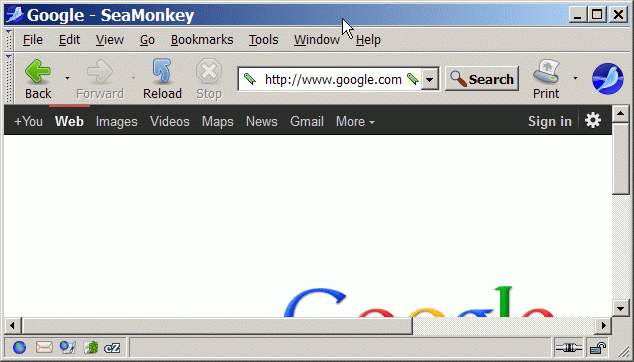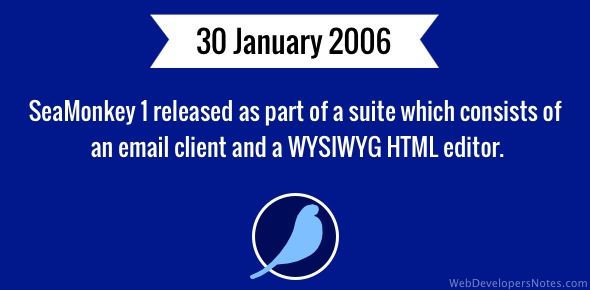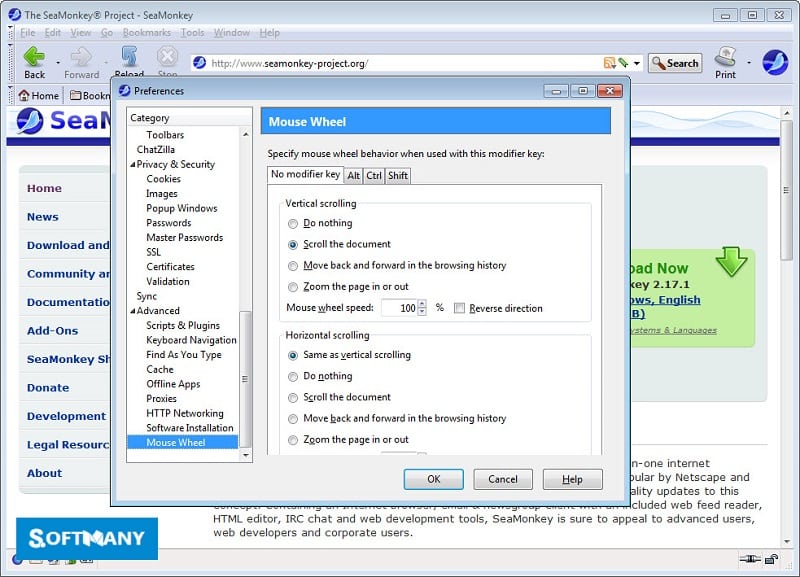
If you are manually copying data from a profile used in Mozilla Suite/SeaMonkey 1.x to a new SeaMonkey 2 profile, make sure to delete the corresponding files in the new profile folder (e.g., delete the. For example, SeaMonkey 2 stores cookies in cookies.sqlite (instead of cookies.txt) and stores browsing history in places.sqlite (instead of history.dat). Starting in SeaMonkey 2, the file name and format has changed for certain files.


If you are having issues with Mozilla Suite/SeaMonkey 1.x and had previously installed any extensions, these may have been installed "globally".SeaMonkey 2 will not use a Mozilla Suite/SeaMonkey 1.x profile (and vice versa).
Seamonkey web page editor install#
When you install SeaMonkey 2 and run it for the first time, it will offer to migrate your profile data and settings from an existing Mozilla Suite/SeaMonkey1.x profile and will then create its own "default" profile in a new location. SeaMonkey 2 is the "next generation" of Mozilla Suite/SeaMonkey. The first time you ran one of these applications, it created a "default" profile, which could then be shared by Mozilla Suite or SeaMonkey 1.x (although it was not recommended to do so). SeaMonkey 1.x is the successor to the original Mozilla Suite and stores the profile in the same location (which was also used by Netscape 7, a branded version of Mozilla Suite). This can be useful if you are having problems with your Mozilla application, since most problems are in the profile and it's often easier to create a new profile and copy over desired data than to fix the original profile. You can also use the Profile Manager to create an additional user profile on the same computer and both profiles will be available. You can transfer your data and settings to the "default" profile on another computer. Normally, you only need a single profile, the original "default" profile that was created when you first installed your Mozilla application. For profile folder location and a detailed description of contents, read Profile folder - SeaMonkey.

Mozilla applications store your user data such as bookmarks, passwords, mail, and settings, in a profile folder, separate from the program. 4 Suggested profile contents to transfer.3.1 Transferring 1.x data to SeaMonkey 2.


 0 kommentar(er)
0 kommentar(er)
